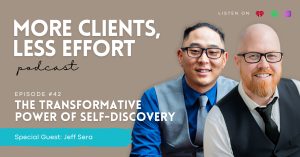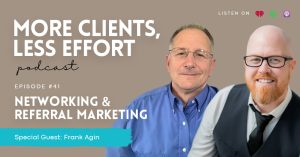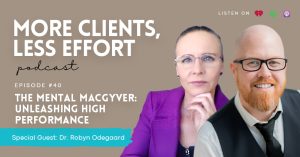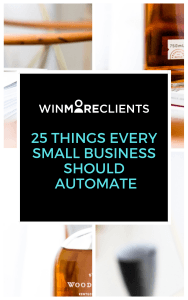In business, when we refer to the sales funnel we are speaking about the journey your customer takes between finding out about you and tapping their credit card / clicking ‘Buy Now’ / subscribing to your service.
The concept of the sales funnel is the same for almost every business and is as follows:
- Awareness
This is when your customer discovers you, either by doing an online search, hearing via word of mouth or seeing an advertisement or brochure.
- Evaluation
Your prospective customer will do a little or a lot of research into your products and services, checking online reviews, talking to other people and scouring your website.
- Decision
“Yes!” or… “No!” There are many factors which can make a customer decide either way if they are going to buy with you.
- Purchase
Once they have decided to buy, they have to actually do it. A lot of businesses actually miss out here because they make the experience too difficult (more on that later).
- Assessment
Once a customer has used you once, they will consider if they are going to continue the relationship. Value for money, service and reliability all come into play here.
- Repurchase
This is where your customer commits to coming back, buying again or maintaining an ongoing subscription.
A leak in your sales funnel refers to a point in the customer journey where they give up, get frustrated, forget about your business or start looking elsewhere. You can have leaks at several places in your sales funnel. The more leaks you have, the less sales transactions you get to make.
From painters to podiatrists, every business needs to be aware of the journey their customers are taking down the sales funnel. As a business owner, you also need to be able to identify sales funnel leaks and figure out how to patch the holes.
Here’s how to turn your sales funnel into a speed slide:
- Awareness
If your sales funnel is leaking right at the very top, your business will be difficult for customers to discover.
Here are a couple of quick steps to address this, which are a mix of targeted and general advertising:
- Create a social media content and advertising strategy
- Print and distribute brochures around your local area
- Pay to advertise in a newspaper or magazine
- Sponsor local events
- Use pay-per-click advertising on Google
- Create a customer ambassador program
- Brand your vehicle(s)
- Post blogs on your website to boost organic search engine discoverability
- Attend networking events with other small business owners

[Chocolate delivery business Chocogram advertises online to generate customer interest]
As part of this process, it is important to understand your customer persona. Find out exactly what problems people are looking to solve when they come to you and gain an understanding of the media they consume. For example, an older demographic may still sit down each week with the local paper, while corporate professionals are likely to read industry magazines online.
Where possible, try a few different advertising strategies to see what works best for your business. This will require some budget but you should be able to narrow down what works over time.
- Evaluation
Unless they have a word of mouth referral, the most likely place a customer will go to determine whether or not they are going to buy from you is your website.
For this reason, you’d better have a great looking website!
Your customer will be influenced by the design, the layout and the text on your site. They will evaluate the overall impression your site gives against their own preferences and values.
A professionally built website will make a huge difference to way customers perceive your business. Once you have your site looking great, the next step is to make sure the text clearly explains how your business can help your customers solve their problem.
Use a modern looking template to build your website and if possible include video to enhance the customer experience, improve credibility and to virtually introduce yourself to your clients.
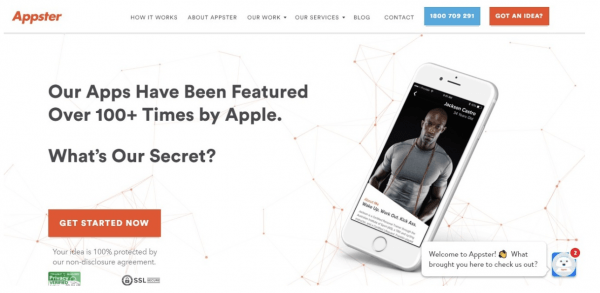
[App development company Appster has all the right sales funnel elements on its website]
Beyond websites, your branding, your uniforms and the first impression you make in person will contribute to the evaluation process. All these elements must also look professional to drive your client along your sales funnel.
- Decision
If your sales funnel is leaking at this point you are not giving your customers enough motivation to make a purchase.
Think about what makes you decide to buy. Is it price? Is it a service guarantee? Perhaps it is an offer that is too good to refuse.
Once you have an understanding of your customer persona, you will be able to craft an idea of how to prompt that final purchase decision.
In some cases, urgency will make them click ‘buy’. A limited offer or a warning that stocks are selling fast can hurry up the decision making process.
You can also consider a special offer with purchase, a first-time buyer discount or a free trial period to entice your new customer to sign up.
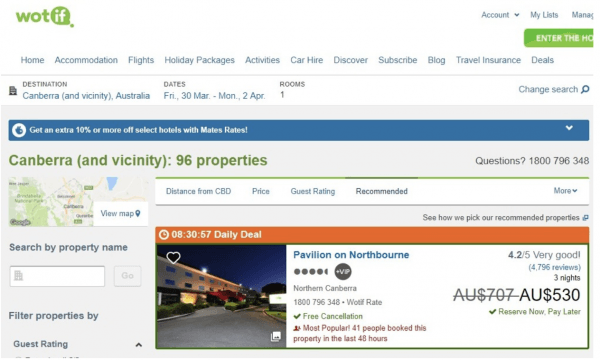
[Wotif creates urgency on hotel bookings with a daily deal with a set expiry period. The website also offers social proof, mentioning that 41 people have booked the property in the last 48 hours]
Your website or landing page should include a clear call to action. Messages like ‘Find out more’, ‘ Buy now’ and ‘Hurry, stocks won’t last!’ will prompt your customer to lock in their decision.
Online remarketing can also be an effective tactic here. By presenting your customers with ads highlighting the products they have been looking at, you can remind them to go back and commit to a purchase.
In some cases, if a customer has logged in to your site, filled a trolley but not completed the checkout process, you may be able to send them an email using your CRM. Remind them of the products they were looking to purchase, offer a discount or an incentive to complete the transaction and give them a place where they can get in touch if they are having trouble.
- Purchase
Speaking of having trouble, how easy is it for your customers to buy from you? If the process is too complicated, takes to long or involves too much effort, they will give up and move on or go elsewhere.
If you have an online business, make buying as easy as possible for your customer. Offer payment alternatives like credit card, PayPal or AfterPay. Limit customer sign up forms to as few fields as possible so your clients don’t have to spend hours signing up.
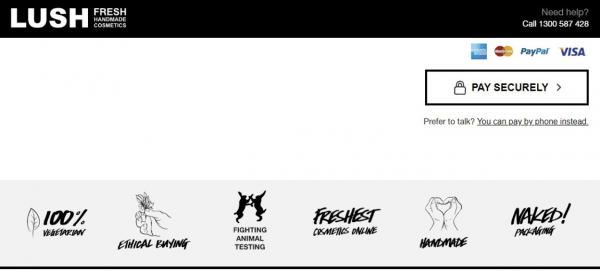
[Lush Cosmetics offers credit card, PayPal and over the phone payments to their customers]
As a physical business, paying also needs to be convenient for your customer. Nowadays there is practically no excuse not to offer EFTPOS facilities as a physical shopfront or even a mobile serviceperson.
- Assessment
Once your customer receives your product in their hot little hand, they will put it to use to see if it does what it says on the box.
This is where quality control is important. You should be regularly assessing and testing your products to see if they meet expectations.
As a physical service provider, customer assessment starts the moment the customer enters your premises (or you enter theirs). Sloppy presentation or a disinterested manner might not have them immediately running for the hills, but they won’t be back.
Another factor which comes into ‘assessment’ is user feedback. If they have a great experience, they may leave a favourable online review for you. Should their experience fail to live up to expectations, they will post a review on Tripadvisor, Yelp or Google, sharing with people further up the sales funnel that they should back out now.

[Slammed! This LA restaurant got a very public take-down in an online newspaper. Hopefully your online reviews are a lot more favourable]
Should the worst happen and you get negative feedback online, respond to it with a short message and endeavour to contact the customer to resolve the problem.
- Repurchase
Once you have completed a transaction with a customer, are you making it easy for them to come back?
This is where an automated marketing strategy can come into play. By regularly emailing your customer database with special offers and newsletters you can entice them to buy again or at least keep them top of mind.
Where possible, use your CRM to identify the points where it makes sense to get in touch with your customers, such as annual checkup reminders or anniversary / birthday messages.
By continually looking for ways to improve your business and diversify what you have to offer, you can give your customers a reason to come back.
How do you know where your sales funnel is leaking?
There are a couple of strategies which will help you identify leaks in your sales funnel.
The first is to have tracking and analytics across your customer journey. Review how many people are coming to your website each week and look at the point where they are leaving. Identify the points where they are ‘hot’ leads and prioritise follow up at this stage.
For example, you may notice users come to a landing page but they don’t fill out the form. The page may need a redesign to make the form more discoverable or easier to complete. A popup offering a lead magnet like an e-book or how-to pdf may help you capture their details so you can follow up and get their feedback.
You may also see users coming to you on mobile devices and only staying a few seconds. If this is the case, could you optimise the mobile experience so customers get a better sense of your business and can make a purchase with only a few clicks?
The next strategy, if customers are leaking out your sales funnel, is to ask them what’s holding them back. A pop-up survey when they leave the site or a questionnaire sent to your existing customers can help you refine your customer persona and identify where their pain points are along their journey with you.
Spend some time on your sales funnel strategy with Win More Clients. We’ll help you design a multi-step plan which gives your customers no excuses not to buy.
Related Tag: Sales Automation Consultant

